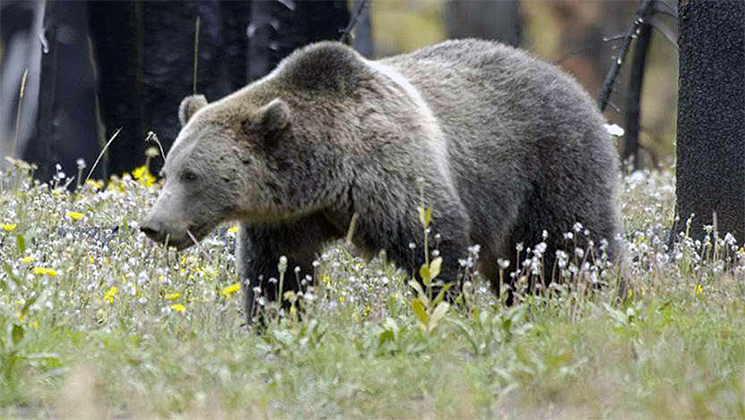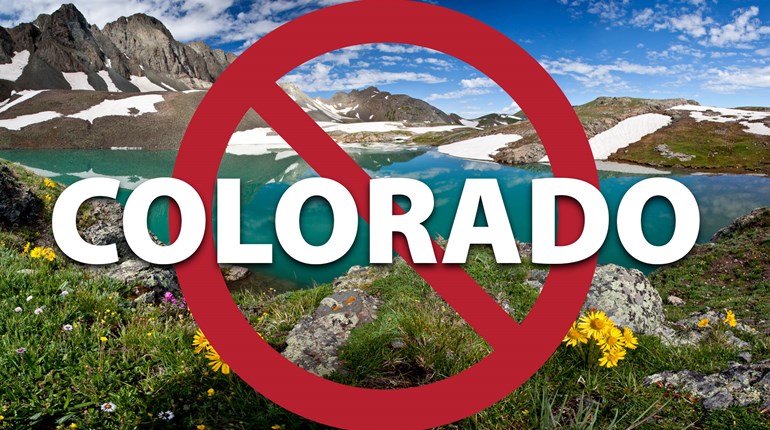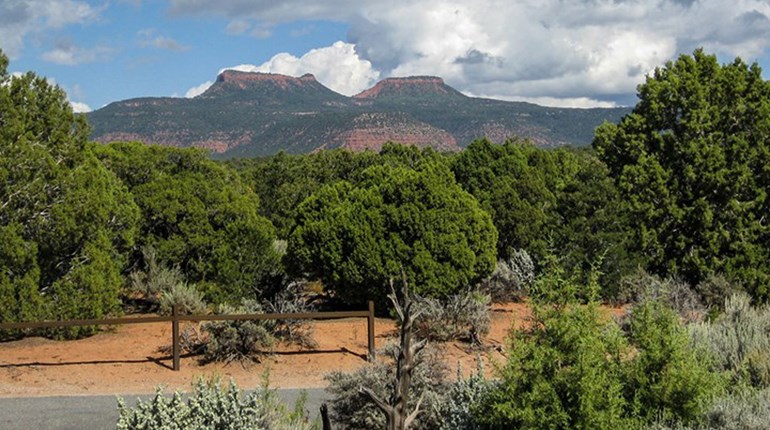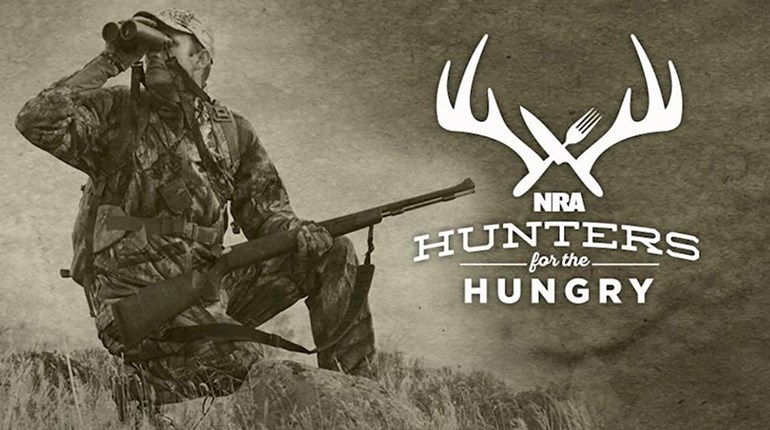
Photo Courtesy USFWS
Do you remember when the U.S. Fish and Wildlife Service (USFWS) tried to delist the grizzly bear in 2007? I’ll refresh your memory. Anti-hunting extremist groups took the federal government to court, got the bear re-listed and kept management of the species under the federal-government umbrella. Fortunately, it gets tough to stand in the way of truth and progress—even for the animal rights movement—as the USFWS just proposed another go at removing the grizzly bear in the Greater Yellowstone Ecosystem from the list of Endangered and Threatened Wildlife.
The move is the result of 41 years of conservation efforts. In 1975 only 1,000 grizzlies were thought to exist in the wild, prompting the introduction of 136 Yellowstone bears to Wyoming, Idaho and Montana. Today they number more than 700—a number once thought impossible—and are so densely populated in their 22,500 miles that they have reached carrying capacity. No wonder the USFWS says they are not threatened.
So what happens next? The proposed changes are listed in the Federal Register, and the public has 60 days to comment on them. If the delisting goes through as planned, grizzly bear management will be returned to the states where the bears reside to ensure healthy populations persist into the future. This could mean scheduling a hunting season as with other game species not too far down the road.
Representing of one of the three impacted states, Congressman Ryan Zinke of Montana commends the USFWS for the proposal. “It’s always best when you have management by the state rather than the federal government,” Zinke explains, “so thank you Fish and Wildlife Service for doing the right thing.” Zinke is an avid hunter, by the way, as I had the pleasure of chatting with him briefly at the 2016 SCI Hunters’ Convention in February.
The public, federal and state agencies and independent scientists can submit comments for or against the delisting along with supporting documentation here. In the search box, enter Docket Number FWS–R6–ES–2016–0042, and then click on the “Comment Now!” button. To comment by mail, use this address: Public Comments Processing, Attn: Docket No. FWS–R6–ES–2016–0042, U.S. Fish and Wildlife, MS: BPHC, 5275 Leesburg Pike, Falls Church, VA 22041-3803.





































